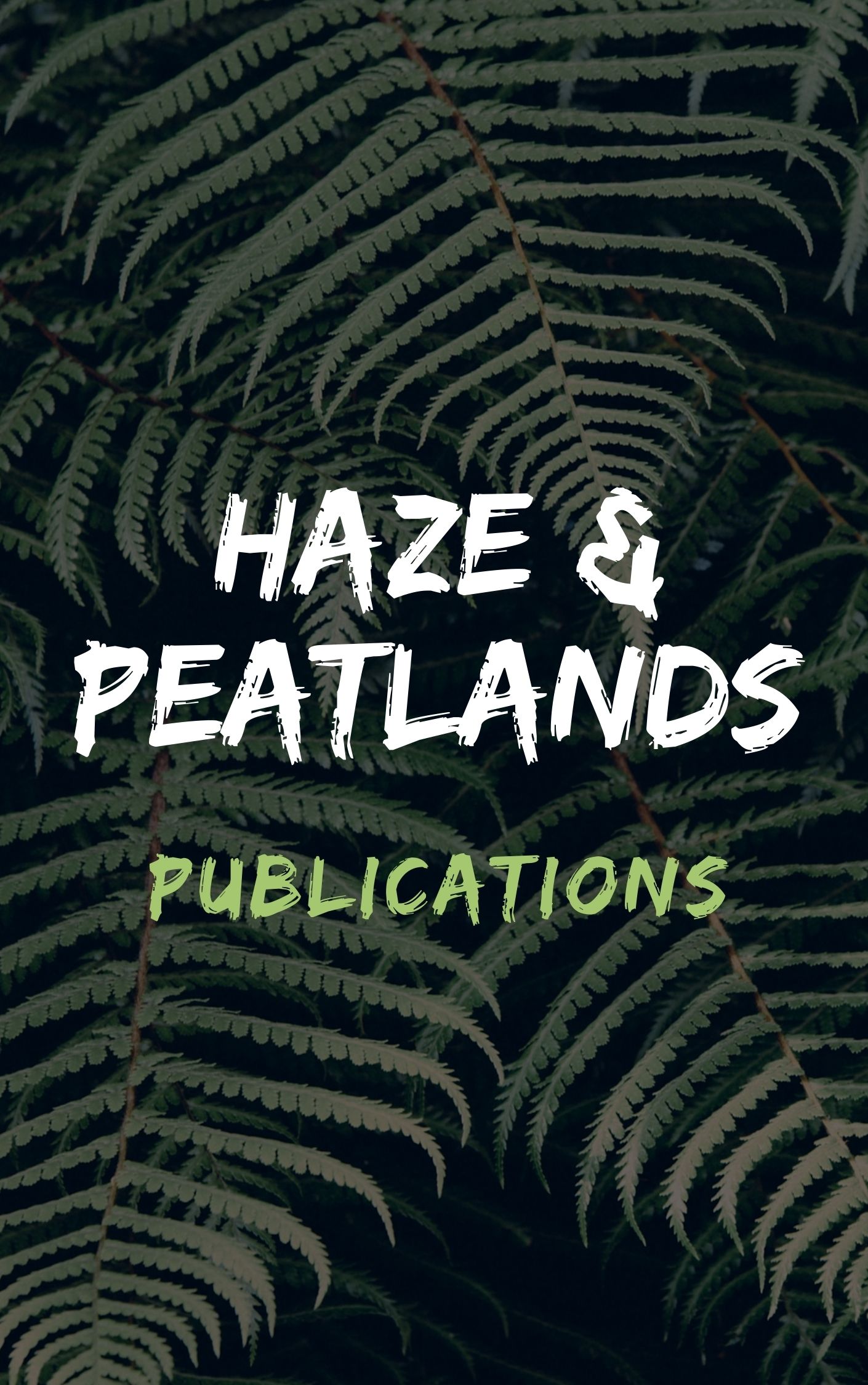Stingless bees are key insects in the tropics, both as pollinators of crops and as contributors to the maintenance of floral diversity through pollination of wild plants. This study investigated the nesting ecology and threats to three stingless bee species: Meliponula bocandei (Spinola), Meliponula ferruginea (Lepeletier) and Dactylurina staudingeri (Gribodo) in three landscapes characterized as forest with logging and wild honey hunting; farmlands that experience annual wild fires and a national park. The study was carried out in July 2011 and February 2012. A total of 93 stingless bee nests were found in 48 ha (density 1.9 nests per ha), 81% in tree cavities and 19% in deserted termite mounds and in the ground. M. ferruginea was the only species using deserted termite mounds (seventeen nests) and in the ground (1 nest). Although tree size (diameter at breast height, DBH >15 cm) and density of large tree were important for nest site selection, there was no influence of tree species. M. bocandei may be restricted in choice of nest site in farmland areas by the absence of trees. Reduced availability of trees in agricultural landscape together with bush burning and wild honey collecting is the main threats to stingless bees survival and abundance which need to be addressed for their successful conservation in Ghana.
View source

